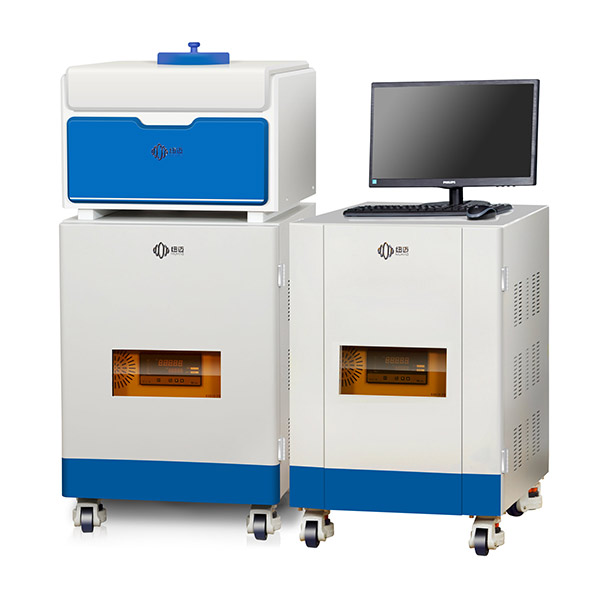Time domain nuclear resonance (TD-RMN) – additionally referred to as relaxometry, low-field nuclear resonance (RMN-LF) – may be a speedy and cheap thanks to characterize compound materials. It is supported the measure of the time necessary for relaxation to equilibrium of a magnetized atomic nucleus during a nuclear resonance experiment. This method is said to the molecular dynamics of the sample and can reveal several factors working on the compound matrix, akin to variations in crystallinity, mixing of 2 or additional polymers, presence of plasticizing agents or fillers, cross-linking and others. This versatile tool has been applied in numerous fields, akin to determination of physico-chemical parameters of oil samples, polymer-filler interactions in rubber materials, and reaction observance and quality assurance in industrial processes, to cite a few examples. compound gels are networks containing physically and/or chemically cross-linked segments which might halt the long-distance rearrangements between the compound chains that are answerable for the material’s dissolution and plastic deformation. once compound gels are not filled with fluids, they are dubbed xerogels. This category of compound material has several applications, akin to in tissue engineering, drug delivery, prosthetics and membranes applied in separation processes. numerous efforts have been created to characterize compound gels through TD-NMR, however the bulk of the reportable strategies involve soaking the sample during a solvent, with the analysis being conducted below strict temperature conditions , or limiting the chemical nature of the compound matrix to elastomers . during this work, we tend to obtained xerogels supported with chemicals cross-linked poly(alcohol vinílico) (PVA) and polyvinyl resin loaded with nanoparticulate deliquescent oxide (SiO2). These materials were characterized by LF-NMR techniques and supporting chemical analysis characterization methods, akin to Fourier-transform infrared (FT-IR) and wide-angle X-ray diffraction (WAXD). Our aim was to use the knowledge obtained in the main through TD-NMR to qualify and quantify the changes caused by cross-linking and inorganic filling of the polyvinyl resin matrix.

 mohoso
mohoso